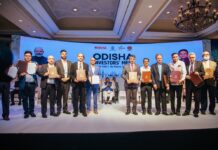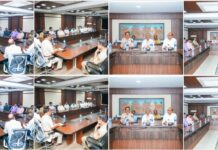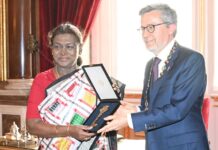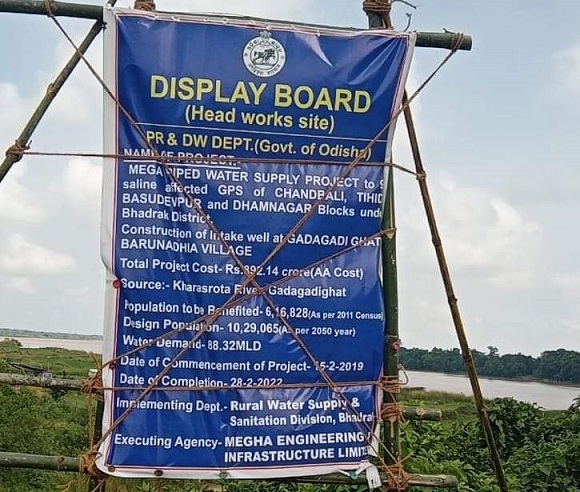By Our Correspondent
BHUBANESWAR: The Wildlife Society of Odisha has alleged that the world famous Bhitarkanika mangrove forests are now under severe threat due to planned diversion of fresh water from the Brahmani river basin. “Though a notified Ramsar Convention wetland, the State Government has ignored the need to conserve it for posterity,” WLSO , State Secretary Dr Biswajit Mohanty said.
In an article, Dr Mohanty said, the Talcher-Angul coal mines, steel and power plants as well as the Kalinga Nagar steel and power hub are drawing enormous quantities of fresh water from the Brahmani river. Once the Rengali irrigation canals are completed, more water shall be diverted leaving almost no fresh water for downstream areas.
The total live storage capacity (LSC) of Rengali reservoir is 4,400 million cubic metres (mcum). Rengali canals shall require 3,450 mcum. Large industrial users like NTPC, Nalco, Mahanadi Coalfields, JSPL shall draw 454 mcum from the Samal Barrage in Angul district. Additional 414 million cubic metres shall be drawn from Kharasrota (a distributary of Brahmani river) at Jokadia barrage to meet water needs o the Kalinga Nagar industrial complex.
The Government claims that only 105 millon litres shall be withdrawn for the mega drinking water project in Kendrapada district on Kharasrota river. Even this will affect the sensitive water balance.
The Government should consider other sources of fresh water. Hadgarh Reservoir on the Salandi river or the newly built Kanpur barrage on the Baitrani river are potential sources to meet the requirements of Bhadrak district. The mega drinking water project on Kharasrota shall hasten the water shortage since there shall be hardly any water to spare once the Rengali canals are fully operational.
The reduction in water flow will lead to drastic changes in the water regime of Bhitarkanika mangroves as there shall be acute shortage of fresh water. In a bad monsoon year, the situation will be catastrophic for the mangroves. The water availability at Jokadia is drastically reducing every year. It was only 98.56 cusecs in April, 2003 compared to 231.66 cusecs in April,1999 – a decrease of nearly 58% in just four years !
Lack of normal flow of fresh water will increase saline ingression upstream. This shall affect the local flora and fauna as well as the livelihoods of farmers and fishermen dependent upon Brahmani and Kharasrota waters. Similarly, commercially important species like fresh water shrimp, mullets, mud crabs and bhekti are expected to disappear, leading to a decline in incomes of thousands of fishermen of Kendrapada district.
There shall be a quantum jump in man –crocodile conflict since the estuarine crocodiles shall leave the core sanctuary area and migrate upstream once salinity increases. Crocodiles may move up the river in Dhenkanal district. Many local people are likely to be attacked by the salt water crocodiles while bathing in the Brahmani and Kharasrota rivers, Dr Mohanty added.






























